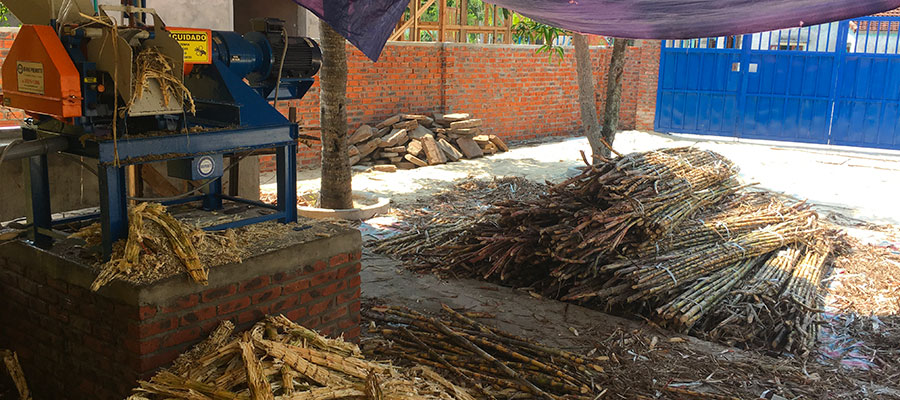In the Dominican Republic, Jassil Vilanueva is not overly concerned. Sugar cane cultivation is doing well and Brugal is able to source 100% Dominican molasses without any problems.
The same is true for master blenders Lorena Vasquez in Costa Rica and Gabriela Ayala in El Salvador.
In Asia, Antoine Poircuitte, from the Distillerie d’Indochine, explains that the situation is improving after getting worse. “We experienced a reduction in cultivation land until 2020 due to more competitive competition for sugar. Vietnam is surrounded by the main cane producers: India (the second largest producer), Thailand (the third largest producer) and China (the fourth largest producer). In addition, customs agreements with Thailand had been established under the ASEAN free trade agreements, which made Thai sugar cheaper than Vietnamese sugar. Since then, anti-dumping laws have been passed, making Vietnamese sugar more competitive, and higher-yield crops have been introduced. Cultivation areas have now been increasing since 2021. As for Sampan, we are not really involved in this ‘large-scale farming’ dynamic; we work in partnership with local producers and farmers, favouring quality over quantity.
In Saint Lucia, the situation seems good, even though, paradoxically, sugar cane is no longer grown on a large scale. ‘We still have a few hectares planted with cane, which is used to produce small batches of pure juice rum distilled in pot stills, which we blend with the bulk of our production, which consists of molasses rum,’ reveals Grégoire Gueden. We do not face any production limits related to raw materials, as imported molasses is available in sufficient quantities.
The challenge for us now is to accelerate our development, particularly in two strategic markets: the UK and the US.”

